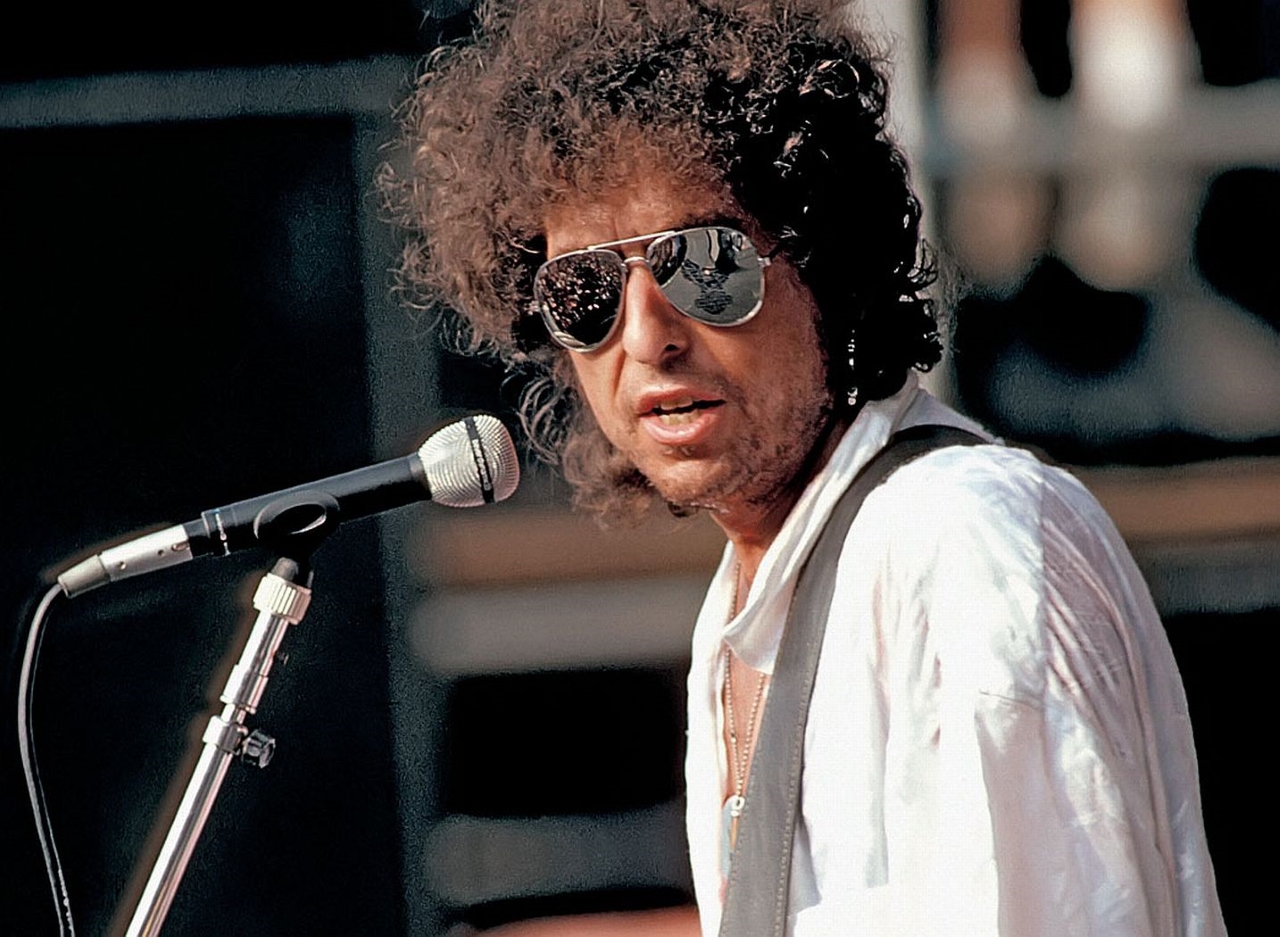🚪 The Beginning of a Journey with No End
On June 7, 1988, in Concord, California, Bob Dylan stepped onto a stage and launched what fans later dubbed the Never Ending Tour. At the time, there was no grand announcement, no promise of an endless journey. Dylan simply went out and played. Yet the shows kept coming, night after night, year after year, until the phrase took on a life of its own.
From that night in 1988 until 2019, Dylan played over 3,000 shows across the world, averaging more than 100 concerts a year. Even into his seventies, while most of his peers slowed down, Dylan remained on the road. It became not just a tour but a lifestyle, a living artwork in itself.

🎸 Why Keep Going?
Fans and critics often asked: why does Dylan keep performing? By the late 1980s, he didn’t need the money. His place in music history was secure. He could have retired quietly and lived as a legend. But Dylan seemed uninterested in nostalgia.
The answer lay partly in his relationship with performance. For Dylan, live shows were not about recreating hits. They were about reinvention. Each night was a chance to reshape his catalog, twisting old songs into new forms, keeping both himself and his audience off balance.
He once explained: “A song is never finished. It’s always something you can find new things in.” The stage, then, became his workshop—a place of endless discovery.
🌀 Reinventing the Songbook
Anyone who’s seen Dylan live knows the experience can be bewildering. Classic songs are unrecognizable: tempos slowed, melodies altered, lyrics delivered in unexpected phrasing. To some, this is frustrating; to others, it’s thrilling.
For Dylan, the constant reinvention was the point. “Like a Rolling Stone” might be snarled one night, whispered the next. “Blowin’ in the Wind” might sound like a gospel hymn in 1990, then a jazz shuffle in 2005.
This refusal to play the same song the same way twice turned the Never Ending Tour into an evolving artwork. It wasn’t nostalgia—it was transformation.
🌍 A World in Motion
The scope of the Never Ending Tour was staggering. Dylan played in small theaters, vast arenas, tiny clubs, and historic venues. He appeared everywhere from Tokyo to Tel Aviv, from Buenos Aires to Oslo. For fans, Dylan’s touring schedule became almost mythological—no city was too far, no audience too small.
For decades, he remained a restless traveler, echoing the troubadour tradition of Woody Guthrie, his earliest hero. Just as Guthrie once wandered across America with a guitar and notebook, Dylan carried that spirit into the modern age.
🔥 Highs and Lows on the Road
The tour was not without controversy. Some critics accused Dylan of inconsistency—his voice ragged, his performances uneven. Others complained that his reinterpretations of classics disrespected the originals.
Yet those who understood him saw the beauty in the unpredictability. No two nights were ever the same. Some shows were transcendent; others baffling. But the unpredictability was precisely what kept Dylan engaged—and kept audiences coming back.
The Never Ending Tour became a pilgrimage. Fans traveled across continents to catch multiple shows, knowing that each performance was a singular event that would never happen again.
🕰️ A Tour that Outlived Its Era
When Dylan began in 1988, the world was a different place. The Berlin Wall still stood. Vinyl was fading. The internet barely existed. By the 2010s, everything had changed—but Dylan was still on the road, night after night.
He outlasted many of his contemporaries. While classic rock acts often relied on reunion tours or greatest-hits spectacles, Dylan carved out a different path: he simply never stopped. His shows weren’t backward-looking celebrations; they were living, breathing testaments to his ongoing creativity.
🖋️ Writing on the Road
Some of Dylan’s later creative resurgence can be traced directly to the touring years. Albums like Time Out of Mind (1997), “Love and Theft” (2001), and Rough and Rowdy Ways (2020) emerged during or just after intense touring periods. The road seemed to keep him sharp, connected to audiences, and constantly refining his craft.
For Dylan, the road wasn’t a distraction from songwriting—it was fuel. The endless cycle of stages and crowds gave him perspective, rhythm, and inspiration.
🧭 A Philosophy of Restlessness
At its heart, the Never Ending Tour was more than concerts. It was Dylan’s philosophy made flesh. Throughout his career, he rejected labels—folk singer, protest singer, rock poet. He shapeshifted through electric rock, country, gospel, blues, and beyond. Why would his live performances be any less restless?
The road gave him freedom. By constantly moving, he avoided the trap of being pinned down, reduced to a relic of the 1960s. Instead, he became something harder to define: an artist always in motion, always changing.
🛑 When the Wheels Stopped Turning
In 2020, the COVID-19 pandemic forced Dylan—like every performer—to pause. For the first time in 32 years, the Never Ending Tour was interrupted. After more than 3,000 shows, the silence felt surreal.
Dylan turned instead to other forms: releasing Rough and Rowdy Ways, a sprawling meditation on mortality and memory. He also launched virtual concerts and new artistic projects. The road had stopped, but the spirit of the tour remained alive in his art.
✨ Legacy of the Never Ending Tour
The Never Ending Tour may be Dylan’s greatest artwork—not any single album or song, but the act of continuing. For 35 years, he created a living dialogue with his music, his audience, and the world.
It showed that art isn’t frozen in time. It’s a river, always flowing, reshaping itself with each bend. Dylan’s decision to keep moving, night after night, was his refusal to let his work calcify into museum pieces.
The tour taught a lesson: greatness isn’t about standing still; it’s about movement, curiosity, and the willingness to face the unknown every night on stage.